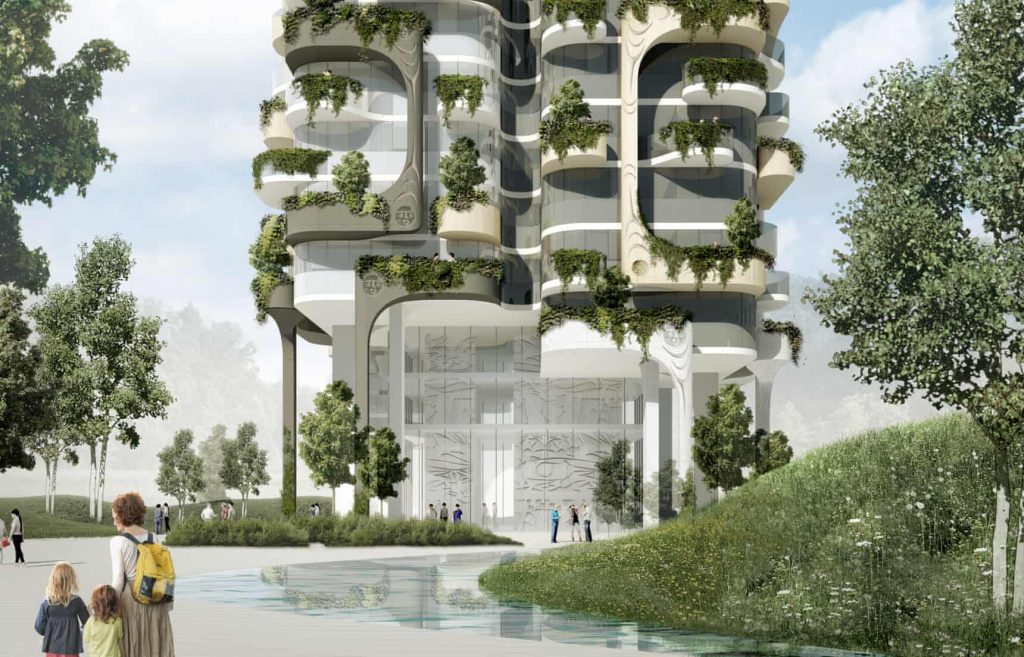
Clunky title, but this story on the re-development of one of Canada’s smallest First Nations reserves mixes boldness with vision for Vancouver that is easy to romanticize but more nearly resembles a living model for cities going forward.
Few First Nations reserves in Canada are found so centrally in urban areas, and this unique location has given the Squamish Nation a chance to explode local city-building norms. Construction begins in 2021, and at more than 500 units per acre, Senakw’s density will reach Hong Kong levels – a fact that is only allowed because Senakw exists not on city land, but on reserve land, which is technically federal.
Another striking feature is that only 10% of apartments will include parking, unlike the city’s rules that mandate one parking space per unit. The buildings will also forgo the podium-and-tower design that’s become a hallmark of “Vancouverism” in favour of slender high-rises maximising public space. The buildings could be up to 56 storeys tall, towering above the low-rise neighbourhoods nearby.
But beyond even the serious density considerations, there is the language slight of hand that gets at something far more pernicious:
“In the early history of Vancouver, and colonial cities generally, there is this opposition assumed between the civilization cities are imagined to represent, and the imagined savageness of Indigenous people,” [Stanger-Ross] says.
The ways that the terms ‘urban areas’, ‘cities’, and even abstractions like ‘density’ have been co-opted as code words for racist politicking is maybe coming full-circle. Hopeful, I know. But good work, First Nations folk. Right racists depend on decent people being too nice, too squeamish, plus the ever-present lack of temerity to call out, punch back, or in this case, build up. Re-take the words, then re-make the savage cities with civilizing force of architecture.
